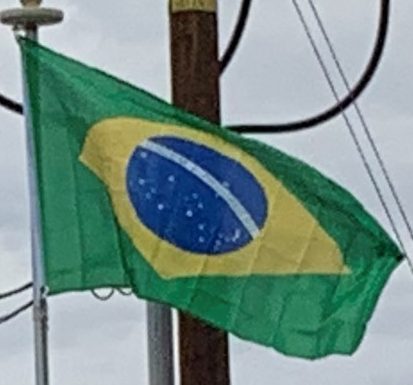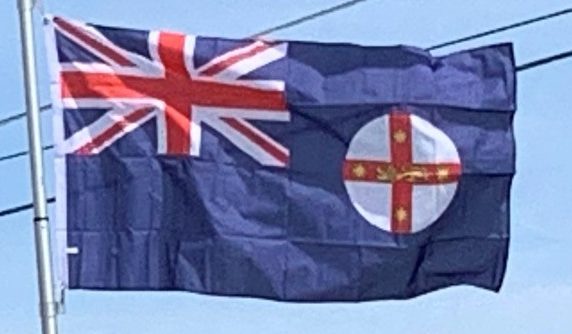Brazil
The flag of Brazil, is a blue disc depicting a starry sky (which includes the Southern Cross) spanned by a curved band inscribed with the national motto “Ordem e Progresso” (“Order and Progress”), within a yellow rhombus, on a green field. Brazil officially adopted this design for its national flag on November 19, 1889 — four days after the Proclamation of the Republic, to replace the flag of the Empire of Brazil. The concept was the work of Raimundo Teixeira Mendes, with the collaboration of Miguel Lemos, Manuel Pereira Reis and Décio Villares.
The green field and the yellow rhombus from the previous imperial flag, though slightly modified in hue and shape, were preserved — the green represented the House of Braganza of Pedro I, the first Emperor of Brazil, while the yellow represented the House of Habsburg of his wife, Empress Maria Leopoldina. A blue circle with white five-pointed stars replaced the arms of the Empire of Brazil — its position in the flag reflects the sky over the city of Rio de Janeiro on November 15, 1889. The motto Ordem e Progresso is inspired by Auguste Comte’s motto of positivism: “L’amour pour principe et l’ordre pour base; le progrès pour but” (“Love as a principle and order as the basis; progress as the goal”).
Each star corresponds to a Brazilian Federative Unit and, according to Brazilian Law, the flag must be updated in case of creation or extinction of a state. At the time the flag was first adopted in 1889, it held 21 stars. Then it received one more star in 1960 (representing the city-state of Guanabara), then another in 1968 (representing Acre), and finally four more stars in 1992 (representing Amapá, Roraima, Rondônia and Tocantins), totalling 27 stars in its current version.

